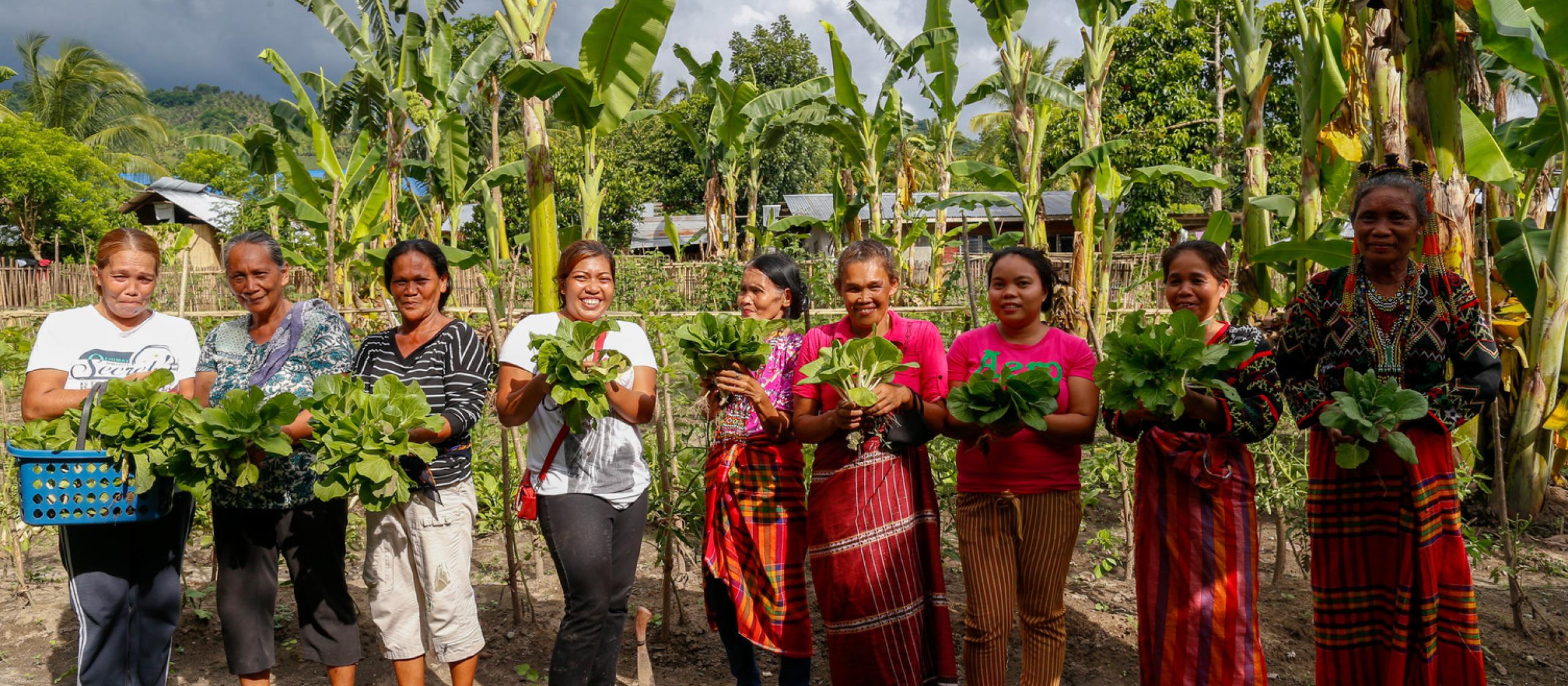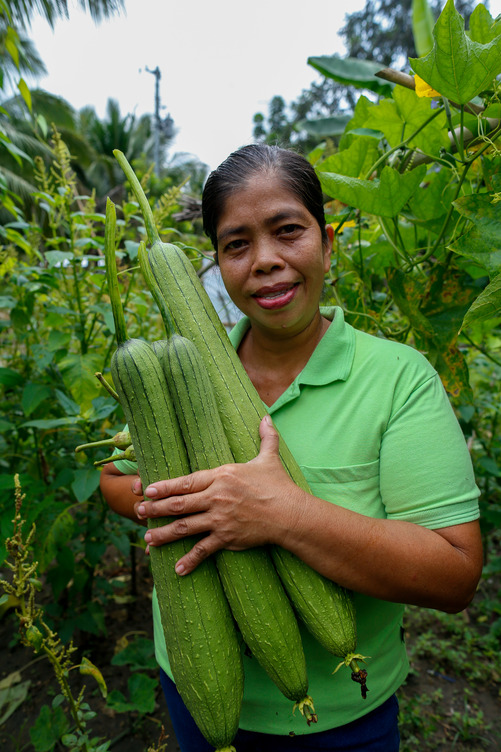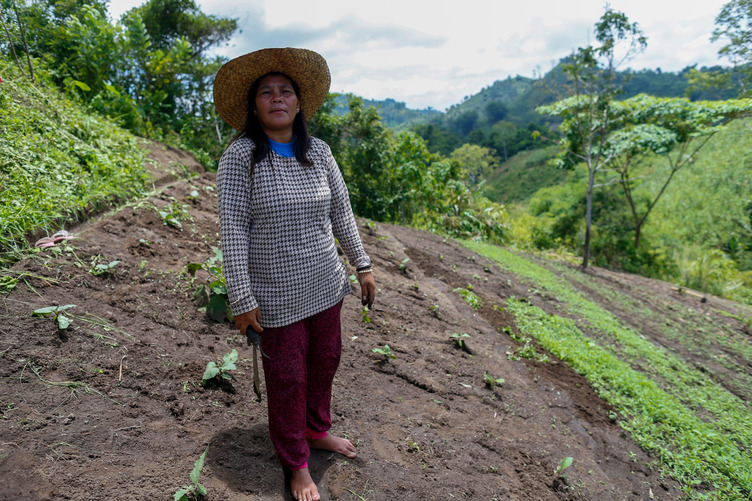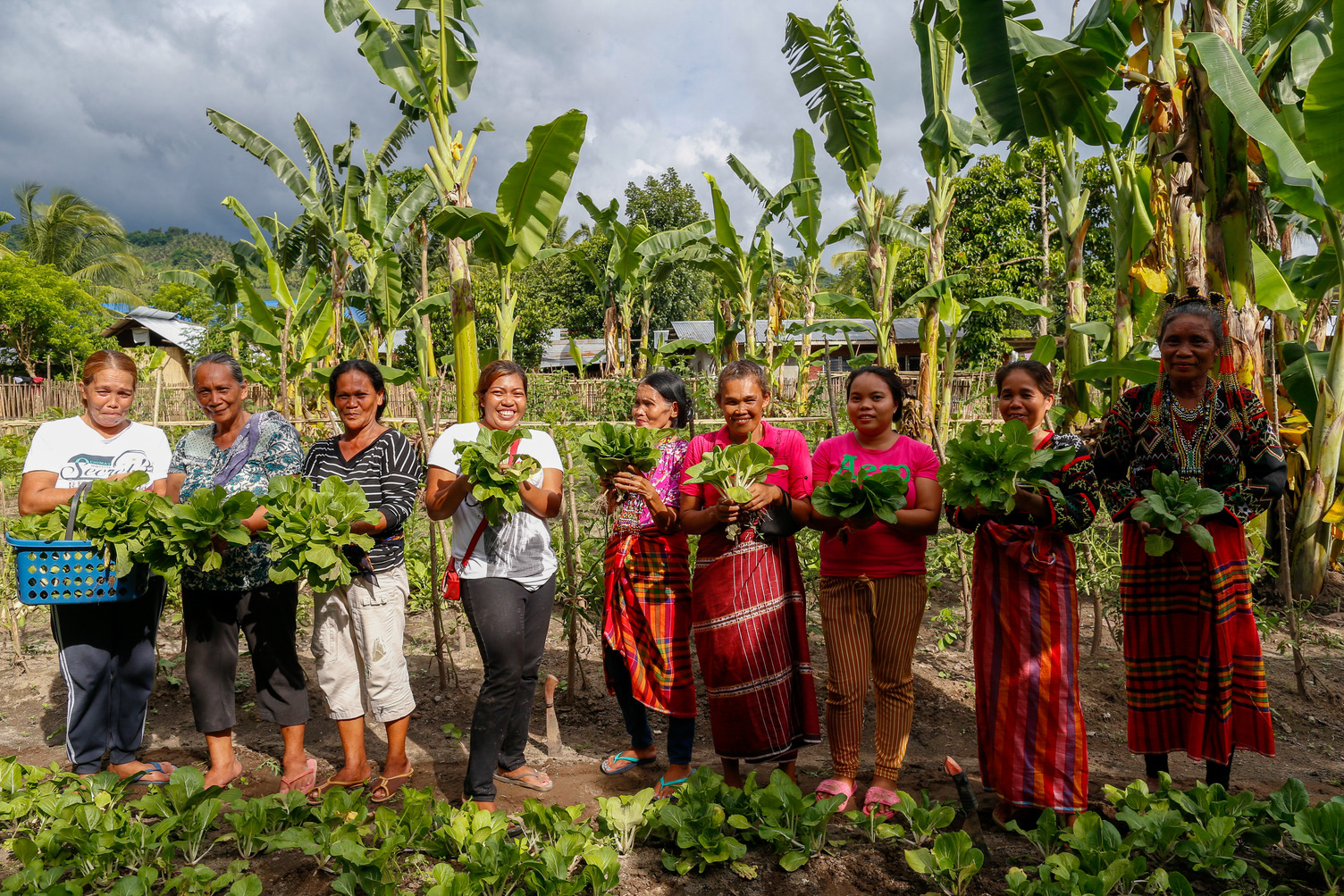- HomeHome
-
About ACIAR
- Our work
- Our people
-
Corporate information
- ACIAR Audit Committee
- Commission for International Agricultural Research
- Policy Advisory Council
- Agency reviews
- Executive remuneration disclosure
- Freedom of information (FOI)
- Gifts and benefits register
- Information publication scheme
- List of new agency files
- Contracts
- Legal services expenditure
- Privacy impact assessment register
- Commonwealth Child Safe Framework
- Benefits to Australia
- Careers
- 40 years of ACIAR
-
What we do
- Programs
- Cross-cutting areas
- Resources
- Where we work
-
Funding
- Research projects
- Fellowships
-
Scholarships
- John Allwright FellowshipScholarships to study in Australia for ACIAR partner country scientists to have Australian postgraduate qualifications
- ACIAR Pacific Agriculture Scholarships and Support and Climate Resilience Program
- Alumni Research Support Facility
- Publications
- News and Outreach
Date released
15 October 2021
Nurturing nature and cultivating partnerships – these are what underpin the LIFE (Livelihood Improvement through Facilitated Extension) model, developed by Australian and Filipino researchers through the ACIAR Mindanao Agricultural Extension Project (AMAEP).
The LIFE approach is based on principles that are vital to extension programs supporting conflict-vulnerable communities. These include using farmer-centred education and training systems, working with farmers in group-based learning, and regularly communicating with project stakeholders.
These principles are implemented by providing farmers access to technical innovations; building community social capital; and collaborating closely with local institutional partners to build sustainable partnerships. It involves specially trained and trusted community extension workers—called facilitators—who live and work in the community.
The project has been life-changing across sites in Mindanao in the provinces of Zamboanga Sibugay, Maguindanao, and South Cotabato.
On International Day of Rural Women, women farmers share how their lives have been transformed by the LIFE approach to agricultural extension in the Philippines.
The difference that social capital makes
Jaidy Cadag is President of the Nga Bango B’laan Aksasato Farmers Association (NBBAF) in Saravia, Koronadal City. What she learned from the LIFE Program goes beyond production and management of crops.
‘We used to be a community that lacked unity. Before the LIFE Program arrived, we did not have any formal association. Each one was struggling on their own with farming and planting. Our main source of income was slashing and burning of trees (‘pagkakaingin’) to make charcoal, cutting cogon grass, and some were making barbecue sticks and growing corn.’
‘When the LIFE project arrived in 2016, we formed the NBBAF, with help from AMAEP, to help build community social capital. Now we treat each other as more than siblings.’
This was just the start for Jaidy and NBBAF. The farming group diversified into growing vegetables, fruit and nursery trees, and tapped into various support services not previously available to them from the local government agriculture office.
This included vegetable incentives and distribution of chicken and goats to community members. The association also opened a community store to diversify their livelihoods and income, partly financed by a grant from the Koronadal City Mayor. Jaidy is very thankful for what LIFE has provided to her and her community: ‘They were a big help to us, and we have this new knowledge engraved in our minds and hearts.’
A LIFE transformed
The remote barangay of Assumption in Koronadal City, South Cotabato, was the first site of the LIFE Program introduced by AMAEP in 2014. Since then, the barangay has undergone a complete transformation. There is no better individual example of the transformation than Jenelyn Ngato, Treasurer of the Olo-clofe B’laan Landcare Association (OBLA), a farmer group formed by the project in the sitio of Olo-clofe.
‘We were so poor before that we could only afford to have one meal a day’, says Jenelyn. ‘We were planting corn and banana, but we barely had income from harvesting and selling these crops. We were always short of everything.’
‘Our lives started to change when the LIFE project came to our community. We learned about contour farming, proper planting of vegetables, fruits, and trees.’
The LIFE facilitators worked with farmer groups to identify and use different methods such as contour farming and organic farming. Community members also started planting different crops such as coconuts, banana, cassava, cacao, and vegetables, and implementing other livelihood activities such as goat and poultry farming.
The landscape of the farmlands in the village of Assumption has been significantly transformed – from corn monocropping and erosion-prone, hilly lands to what is now filled with diversified crops and trees following soil and water conservation practices. The community is now being developed as an agri-tourism destination through the initiative of local people who are predominantly from the indigenous B’laan tribe.
‘Gradually our incomes increased now that we have different livelihood sources. One of my children has graduated from college – I was able to send him to school because I am now earning enough. From one meal a day, we are now able to eat three full meals a day. This is what the LIFE project has brought to us and our community – a better life,’ says Jenelyn.
Women show the way
The Katipunan Vegetable Agar-agar Growers Association (KVAGA) is a farmers’ association based in the Municipality of Ipil, Province of Zamboanga Sibugay, in southern Philippines. All of its members are Muslim women.
‘Before the LIFE Program, our main source of income was agar agar farming,’ says Amsia Impang, president of KVAGA. Agar-agar is a type of seaweed that is a popular plant-based alternative to gelatin and is known for its thickening and gelling properties. Seaweed farming is the most common livelihood activity for Zamboanga Sibugay’s coastal communities.
‘We were focused on agar agar farming, but when LIFE was introduced to us, we started growing vegetables, too. They helped us learn the processes of properly caring for seedlings, the right technology in using vermicast, and even the proper distancing in plants. The LIFE facilitators introduced different methods to help us better grow our crops,’ shares Amsia.
‘With the LIFE program, our project improved and our main income in agar agar increased. Before, our association did not know different ways on vegetables gardening and even the available technologies that we can use. Various government and non-government agencies also started helping our association in terms of trainings and seminars.’
With the help of LIFE, the KVAGA became a model farmer association, winning awards and securing additional funding from the local government and other non-government organisations to further improve their livelihood activities.
‘The LIFE program is really good. It has helped us in lot of ways. Our knowledge will be enhanced more, and we can learn more about technology through seminars and trainings provided by the government. Before, we were not active yet. No agencies helped us in the past, but now we are empowered, and we are able to meet with different agencies and present our projects. Right now, our association has bloomed, improved a lot and we are doing so well,’ says Amsia.
LIFE was supported by ACIAR and the Department of Science and Technology–Philippine Council for Agriculture, Aquatic and Natural Resources Research and Development, and implemented by Australia’s RMIT University, the Landcare Foundation of the Philippines Inc, University of the Philippines Mindanao, and University of the Philippines Los Baños.
To learn more about the LIFE model, read ‘The Facts of LIFE’ publication.






